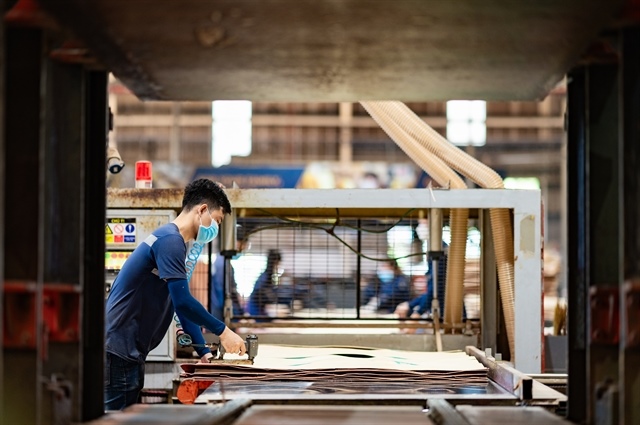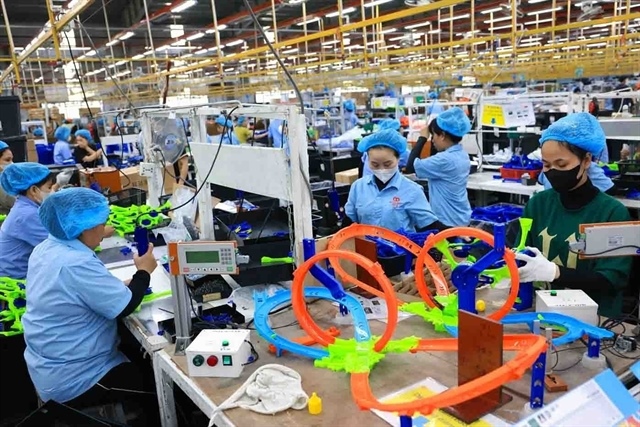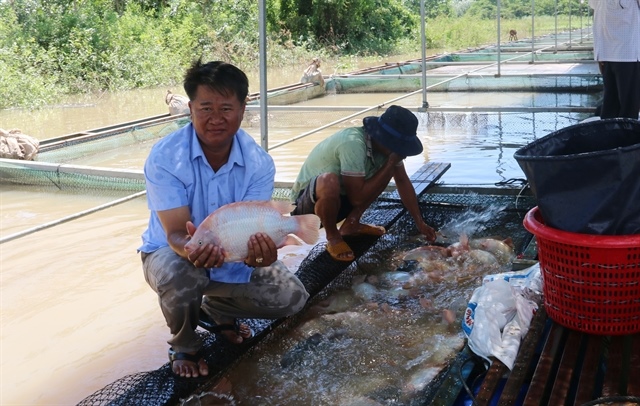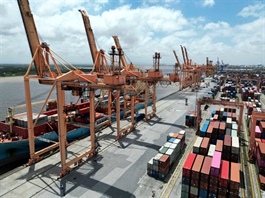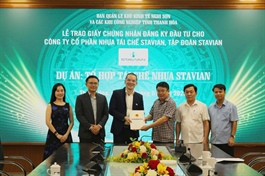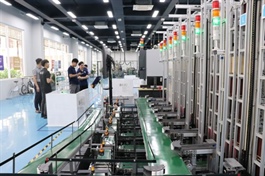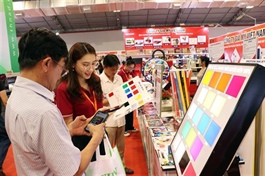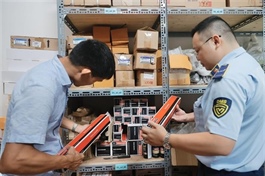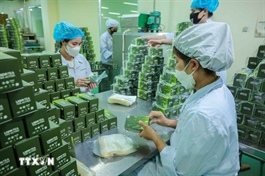Building a research hub will advance Việt Nam’s fashion supply chain
Building a research hub will advance Việt Nam’s fashion supply chain
Establishing a research and development centre for Việt Nam’s fashion supply chain is seen as a strategic move to strengthen domestic production, reduce import dependence, and boost global competitiveness.
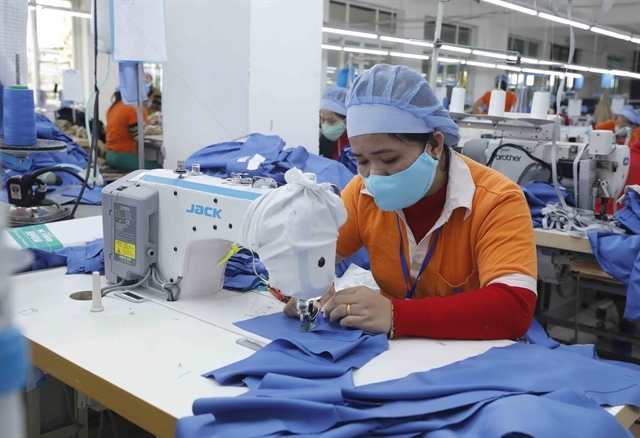
A worker at a Hưng Việt Garment JSC factory. — VNA/VNS Photo |
Establishing a research and development centre for Việt Nam's fashion supply chain is crucial to facilitate technology transfer and connect businesses with international markets, said Trần Việt Hòa, director of the Việt Nam Industry Agency under the Ministry of Industry and Trade.
In December 2022, the Prime Minister issued Decision 1643/QĐ-TTG approving the development strategy for the country's textile, garment and leather industry through 2030.
The strategy outlines clear goals for the industry’s sustainable and efficient development under a circular economy model. Goals include improving the domestic production value chain, effectively participating in the global value chain and developing several regional and global brands.
To implement this strategy, the Vietnam Textile and Apparel Association (Vitas) and the Vietnam Leather, Footwear and Handbag Association (Lefaso) have proposed a solution to establish a research and development centre for the fashion supply chain during the 2026-30 period. Their aim is to connect and develop the fashion supply chain as well as showcase and test new raw materials, accessories and technologies.
Currently, the project is still in the research and planning phase, with a significant gap between the proposed plan and its actual implementation.
The Nhân Dân (People) newspaper quoted Lefaso's President Nguyễn Đức Thuấn as saying that the target of over US$100 billion in exports requires the textile and leather industries to address the challenge of sourcing raw materials domestically, with the goal of achieving an approximately 70-80 per cent local material ratio within the next five years.
This approach would help eliminate intermediaries, reduce costs, elevate product value and enhance market competitiveness, he said.
Thuấn also proposed that the Government boldly create breakthrough mechanisms to establish a centre for raw material development, production and exhibition, as well as a research centre for the textile and leather industry.
One of the most significant goals of Decision 1643 was the development of supporting industries and raw material supply centres for the textile and leather sectors, said Vitas vice president Thân Đức Việt.
However, after more than two years, the implementation process has remained relatively slow, he added.
The textile and leather industries are two key sectors of Việt Nam’s economy, with an export turnover reaching $72 billion last year, an average growth rate of 10 per cent and nearly five million workers, making a significant contribution to labour market development, employment and social welfare.
However, the value added to domestic products remains low due to a dependency on imported raw materials, accounting for 60 per cent of total supply.
Chairman of Gia Định Group Nguyễn Chí Trung noted that with rapidly changing fashion trends, particularly the increasing and stringent requirements of partners and brands, businesses must invest in modern equipment, master domestic raw material supply chains and avoid dependence on imports to meet market demand and fully capitalise on the opportunities arising from free trade agreements that Việt Nam has signed.
"Only by doing so can we elevate product value, enhance competitiveness and mitigate negative impacts, avoiding the adverse effects of changes in mechanisms and policies imposed by major markets," said Trung.
Phạm Quang Hải, sales director of Bảo Minh Textile JSC, said that Việt Nam’s fashion industry export turnover accounts for more than 10 per cent of the total national export value, with the country ranking among the top three global exporters of textiles, garments and footwear.
However, the value generated remains low because most companies primarily operate on a contract manufacturing basis, relying on customer specifications and external imports, he said.
This not only limits the creativity and product design development of domestic factories but also means that the advantage of cheap labour will gradually diminish in the next few years, he added.
It will therefore be necessary to address the raw material bottleneck soon, to enable businesses to proactively manufacture products, enhance opportunities for product development and expand exports.
In addition, he proposed that provinces, cities and the Government establish mechanisms to support and attract investment in sectors like yarn, textiles, dyeing and finishing products, allowing businesses to invest confidently and improve operational efficiency.
- 07:32 28/07/2025


